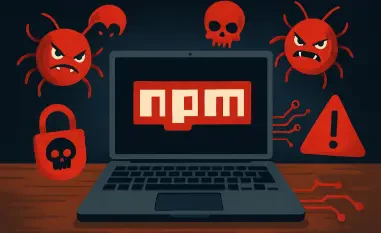Could an invisible digital intruder really bring a bustling city to its knees? In the spring of 2019, Baltimore discovered the chilling reality of precisely such an attack when its city services were ensnared by a cybercriminal’s web. The operational paralysis revealed the vulnerabilities of urban infrastructures when a shadowy attack rendered crucial public services inert.
A Dangerous New Frontier in Cybercrime
As urban centers increasingly rely on digital frameworks, the specter of cyberattacks looms larger. The experience of Baltimore serves as a critical case study, highlighting how municipal systems can be compromised. Data reveals a troubling escalation of such incidents globally. This trend draws a bridge from international cybercrime networks directly to local street corners, alerting cities everywhere of their exposure to potential threats.
Dissecting the Robbinhood Ransomware Assault
The cyberattack involving the Robbinhood ransomware targeted Baltimore with devastating efficiency. Malicious software infiltrated municipal systems, encrypting data and demanding Bitcoin ransoms. Baltimore’s choice as a target likely reflected a strategic plan exploiting specific security vulnerabilities. Financial setbacks exceeded $19 million, while essential functions, including property tax calculations, ground to a halt.
Expert Insights: A Warning Signal to All
In the aftermath, cybersecurity experts analyzed the attack, revealing it as part of a larger pattern of ransomware campaigns. Specialists underlined how the breach displayed tactics common in cybercrime yet executed with alarming precision. From city officials to residents, the impact was tangible, driving home how interconnected digital and everyday realities can be. The consensus among experts points toward a dire need for revised security strategies.
Toward A More Secure Digital Future
Reflecting on Baltimore’s experience, a road map emerges for cities to combat cyber threats effectively. Recommendations focus on the necessity for proactive cybersecurity measures, such as frequent system updates and comprehensive response frameworks. Cities must harness collaborative efforts among government and technology sectors to fortify defenses against looming threats. Past incidents provide lessons essential for safeguarding future municipal operations.
The dissection of the Baltimore attack highlighted the fragile balance between digital dependency and security. Moving forward, cities are called to action, armed with the knowledge and insights necessary to shield themselves from similar cyber-mediated catastrophes. The events of the past underline a clear imperative: learn, adapt, and protect.













